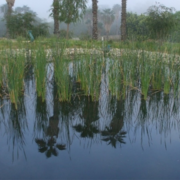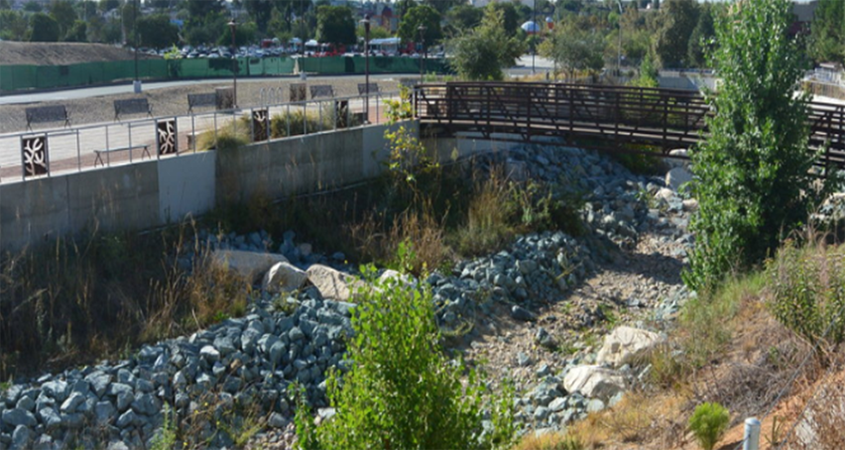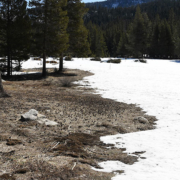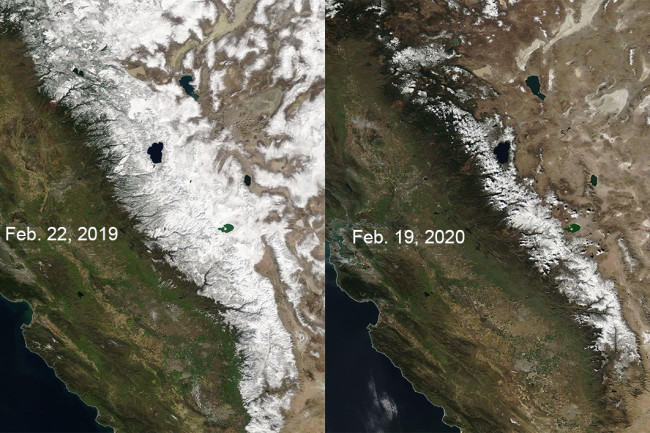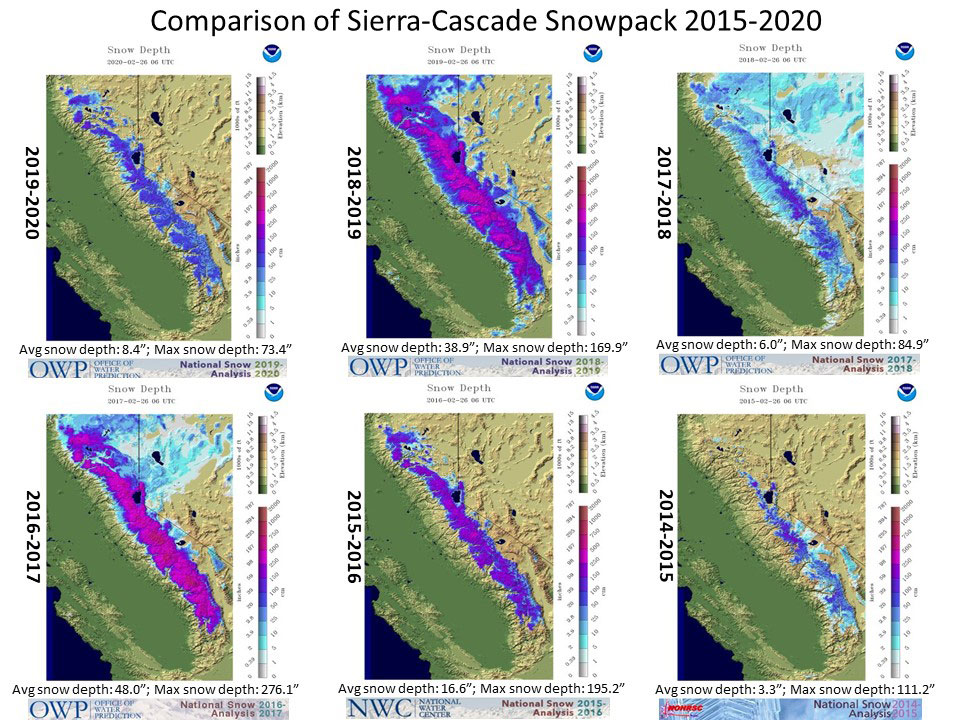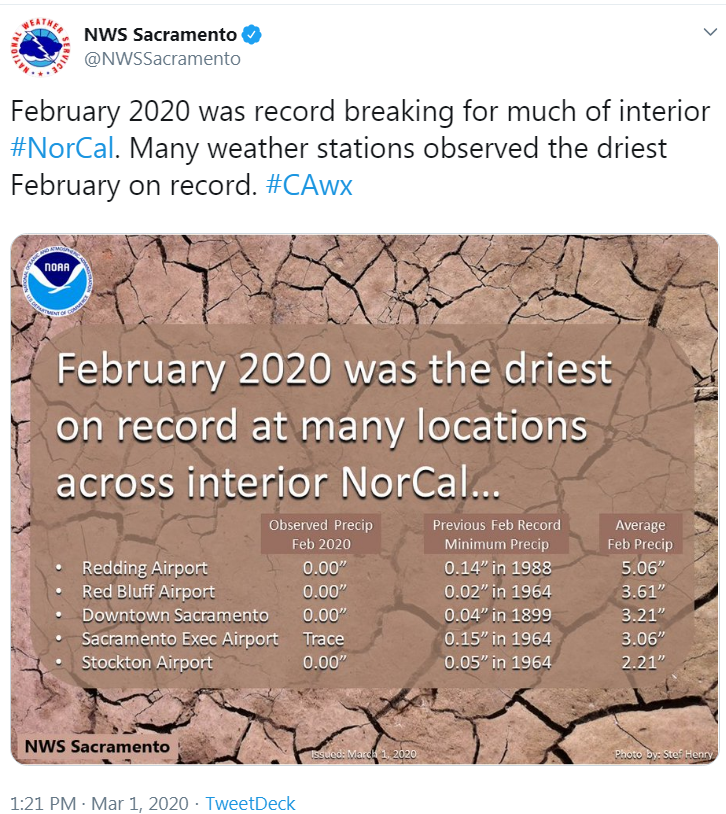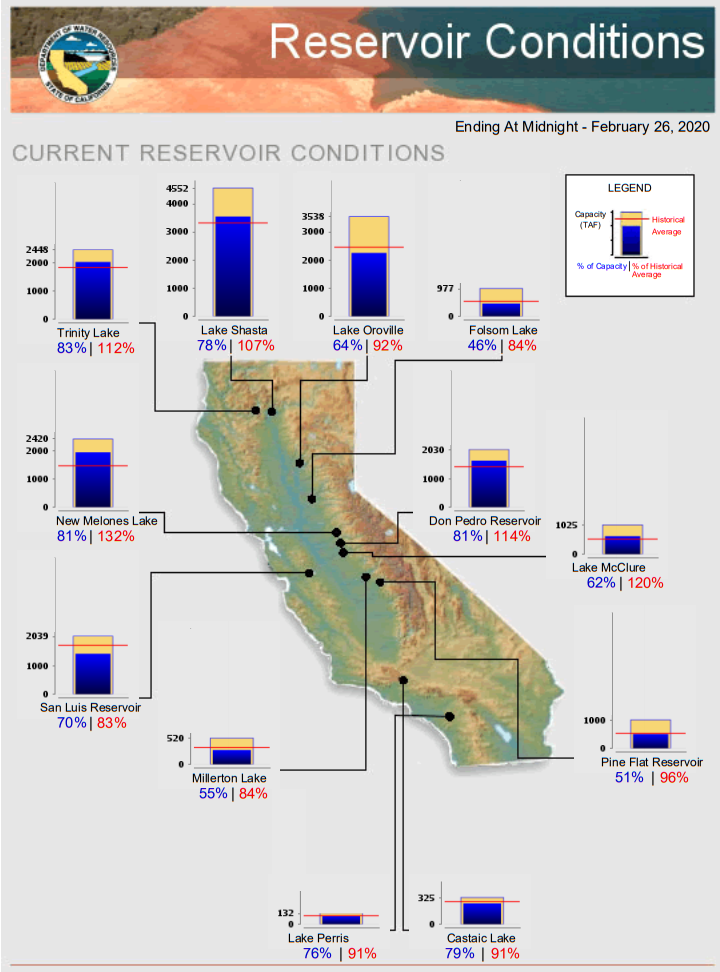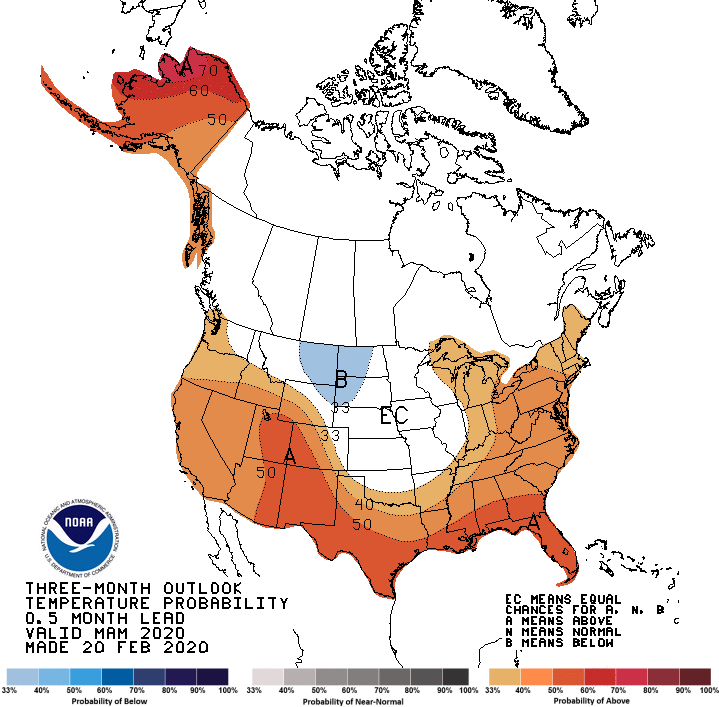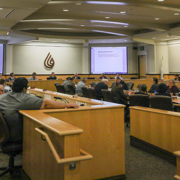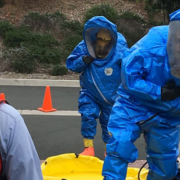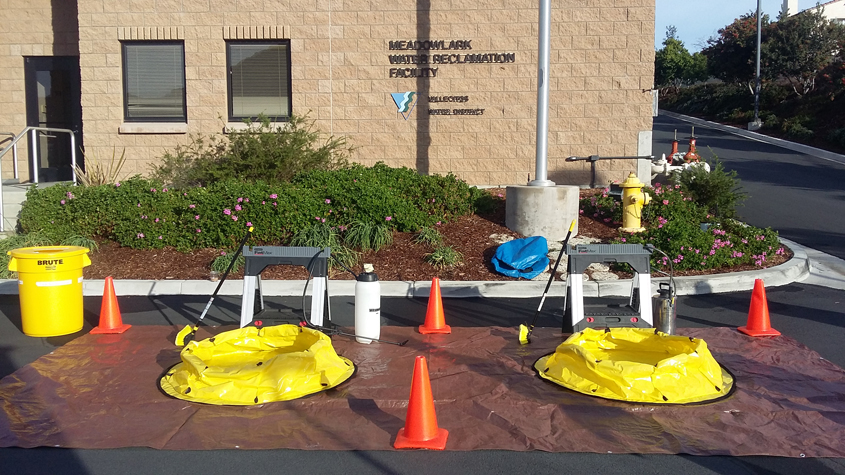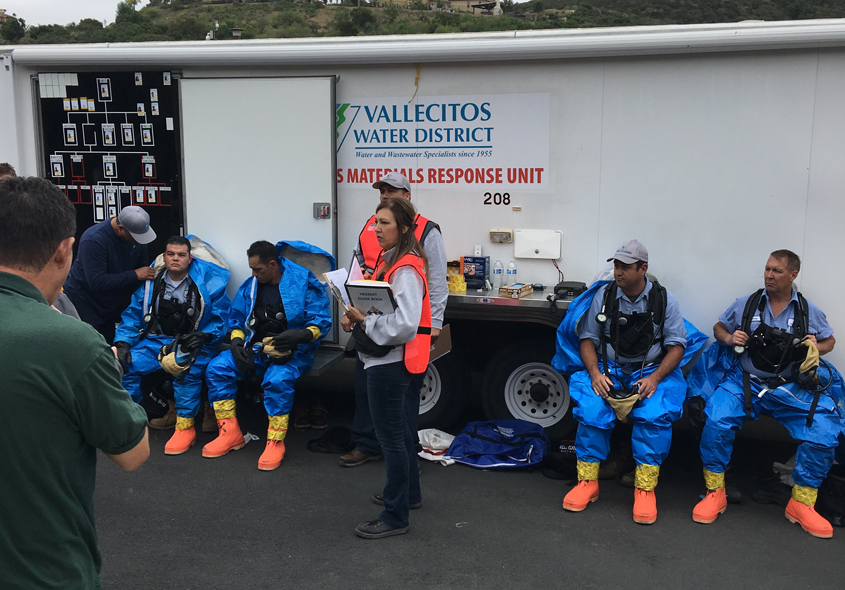Sweetwater Authority Displays Winning Photos at Board Reception
Ten South Bay area high school students were honored for their winning photos at the March 11 Sweetwater Authority Governing Board meeting.
Nearly 100 students from Sweetwater’s service area entered its annual water photo contest, which challenges students to showcase the importance of water in everyday life through photography. Students submitted photos in two categories.
The following students took the top honors:
Color Photo Category:
1st Place, “Blessed Stream,” Zabrina Urness, Sweetwater High School, Grade 10

1st Place, “Blessed Stream,” Zabrina Urness, Sweetwater High School, Grade 10
2nd Place, “Pouring Out,” Stephanie Mauricio, Sweetwater High School, Grade 12

2nd Place, “Pouring Out,” Stephanie Mauricio, Sweetwater High School, Grade 12
3rd Place, “Running River Water,” Erick Gallardo II, Sweetwater High School, Grade 11
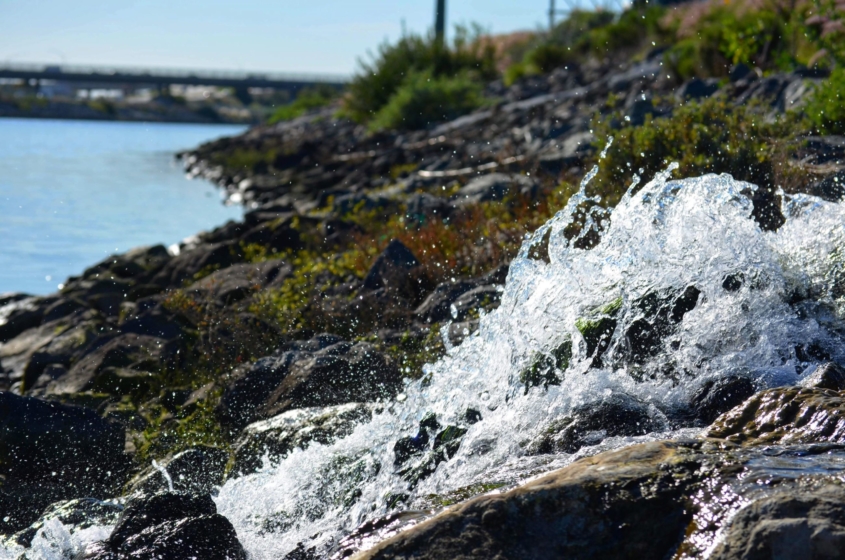
3rd Place, “Running River Water,” Erick Gallardo II, Sweetwater High School, Grade 11
Honorable Mention, “An Apple a Day,” Jaliyah Journigan, Bonita Vista High School, Grade 11

Honorable Mention, “An Apple a Day,” Jaliyah Journigan, Bonita Vista High School, Grade 11
Honorable Mention, “Aqueous Perspective,” Zabrina Urness, Sweetwater High School, Grade 10
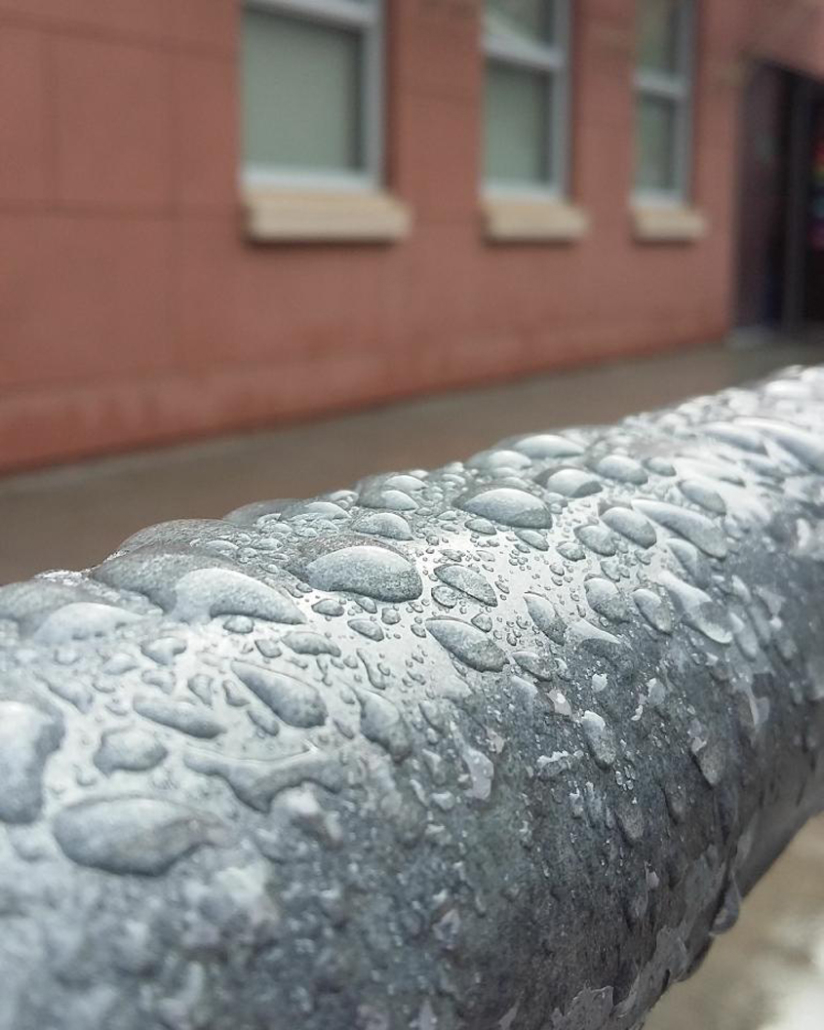
Honorable Mention, “Aqueous Perspective,” Zabrina Urness, Sweetwater High School, Grade 10
Honorable Mention, “Sun + Splash,” Kaitlyn Vu, Hilltop High School, Grade 11

Honorable Mention, “Sun + Splash,” Kaitlyn Vu, Hilltop High School, Grade 11
Black & White Category:
1st Place, “Last Glass,” Tiffany Mayoral, Hilltop High School, Grade 11

1st Place, “Last Glass,” Tiffany Mayoral, Hilltop High School, Grade 11
2nd Place, “Daily Utilities,” Carlos Guerrero, Sweetwater High School, Grade 9

2nd Place, “Daily Utilities,” Carlos Guerrero, Sweetwater High School, Grade 9
3rd Place, “Thirsty Tom,” Valeria Cano, Chula Vista High School, Grade 12

3rd Place, “Thirsty Tom,” Valeria Cano, Chula Vista High School, Grade 12
Honorable Mention, “My Memories,” and “Less Developed Countries,” Rosa Marquez, Chula Vista High School, Grade 10

Honorable Mention, “My Memories,” Rosa Marquez, Chula Vista High School, Grade 10

“Less Developed Countries,” Rosa Marquez, Chula Vista High School, Grade 10
Honorable Mention, “Drying Off,” Katherine Ochoa, Bonita Vista High School, Grade 11

Honorable Mention, “Drying Off,” Katherine Ochoa, Bonita Vista High School, Grade 11
Honorable Mention, “Floating,” Zabrina Urness, Sweetwater High School, Grade 10

Honorable Mention, “Floating,” Zabrina Urness, Sweetwater High School, Grade 10
All winning photos will be on display at the Bonita Museum and Cultural Center beginning in April.
READ MORE: Ten High School Photographers Honored by Helix Water District














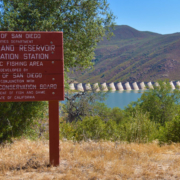
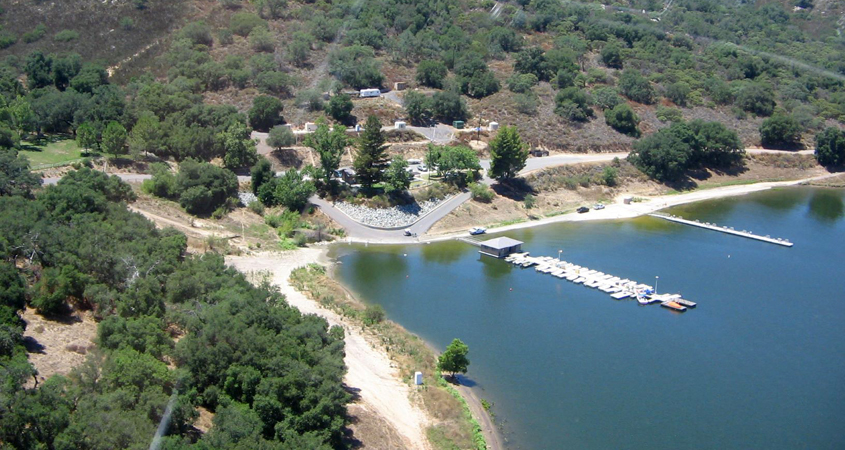

 Sweetwater Authority Logo 2019
Sweetwater Authority Logo 2019